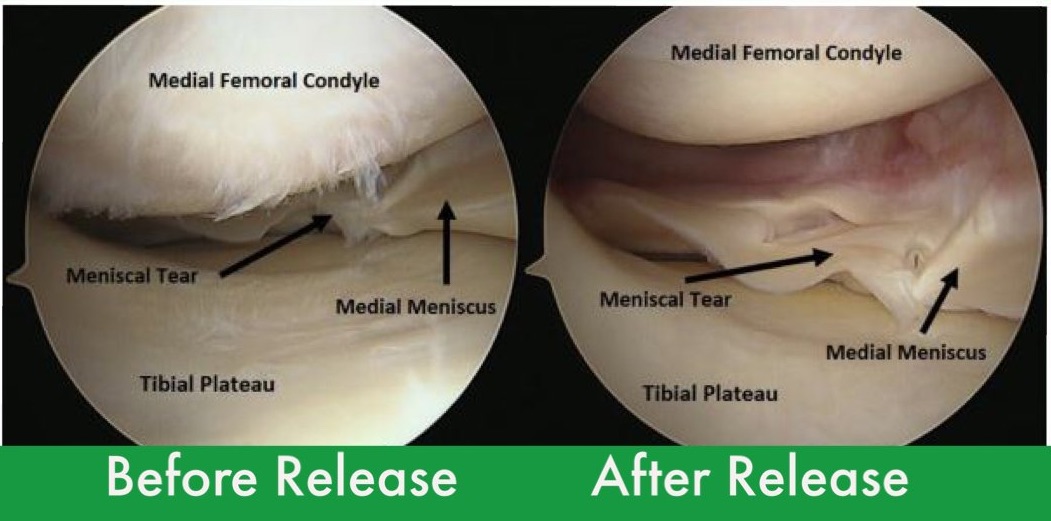Delaying anterior cruciate ligament reconstruction increases the rate and severity of medial chondral injuries.
Cance N, Erard J, Shatrov J, et al.
Bone Joint J. 2023; 105-B(9): 953-960. doi:10.1302/0301-620X.105B9.BJJ-2022-1437.R1
This is an interesting study, where the author authors undertook a retrospective review of over 1000 patients undergoing anterior cruciate ligament reconstruction, looking at the incidence of articular cartilage damage developing in the knee with relation to time, in terms of the length of delay between injury to surgical reconstruction.
What the authors found was that in younger patients, if ACL reconstruction was delayed for more than 12 months, then the likelihood of that patient having articular cartilage damage in their medial compartment by the time of surgery nearly doubled. Importantly, no significant increase in the rate of articular cartilage damage was seen if surgery was undertaken at less than 12 months. Also, the authors found no correlation between surgical delay and articular cartilage damage in the lateral compartment, which seems a bit odd.
What this study seems to say is that delaying ACL surgery by more than 12 months in younger patients is likely to be associated with more damage in the knee, and hence poorer long-term outcomes. The flip side of this, however, is that if surgery is delayed by less than 12 months, then that might not actually cause any significant harm.
This paper gives a significantly more optimistic take on the potential consequences of delaying ACL surgery, compared to a number of previously published papers; but as is so often the case, the literature is somewhat conflicting.
For example,
in a retrospective study of nearly 1000 patients with ACL tears vs nearly 1000 controls showed that:
-
- conservative management of ACL tears was associated with a 500% increased risk of meniscal tears compared to early surgical reconstruction, and a significantly increased risk of future OA, and
- delayed ACL reconstruction was associated with a 400% increased risk of meniscal tears, and a significantly increased risk of future OA.
in a retrospective review of over 5000 ACL reconstructions showed that:
-
- a delay in ACL reconstruction > 5 months led to an increased risk of the patient ending up needing surgery for a medial meniscal tear of 200%, and
- a delay of > 12 months led to an increased risk of 600%.
showed, in a retrospective review of over 600 ACL reconstructions that:
-
- delaying surgery by > 8 months was associated with a increased risk of 200% of patients ending up needing a partial meniscectomy, and a 50% reduction in the likelihood of any meniscal tears being repairable.
So, this recent paper by Cance et al. is certainly a lot less pessimistic than some of the previously published evidence in the literature.
The relevance of this to me is that this paper cautiously reinforces the appropriateness of the approach of initially attempting conservative management of ACL tears for most patients (but not for kids, and not for most elite athletes), on the understanding that if the patient fails to do well enough, then surgery can simply be scheduled as / when necessary… as long as patients with wobbly / unstable knees who do actually need surgical stabilisation are not unduly delayed for too long.


